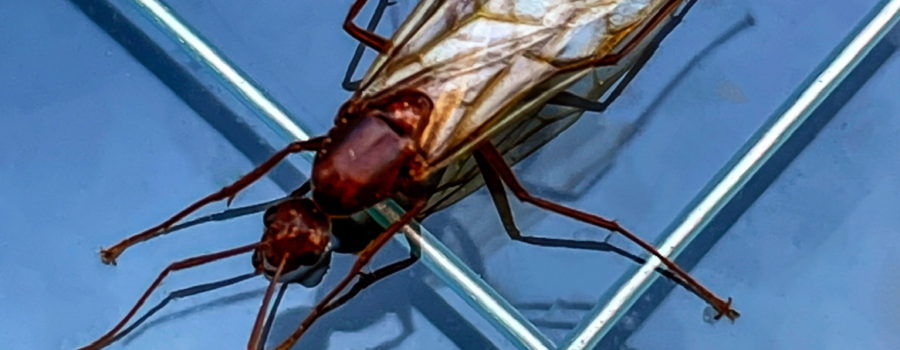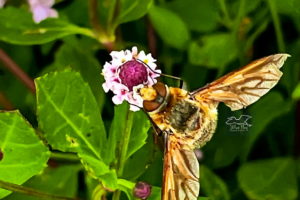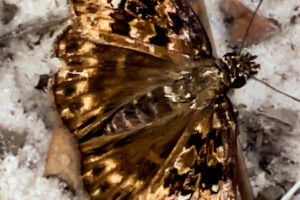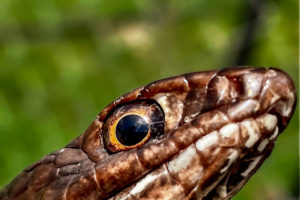The Chestnut Carpenter Ant is Important to the Ecosystem

Ants are one of the most common types of insects in the world and can be found on every continent except Antarctica. They come in lots of sizes, shapes, and colors and all have gotten a kind of bad reputation for being troublesome to people. They can cause problems that range anywhere from interrupting picnics to destroying buildings to even potentially killing people and livestock. People have a tendency to forget that ants (and many other small insects) are also important in maintaining balance in their ecosystems. They are important food sources for other animals, many are important pollinators, and they are frequently key species in the breakdown of dead and decaying plants and animals.
Here in Florida we have more than our share of ants and there are plenty of different types that do different jobs. One that is pretty common, but not often seen is the chestnut carpenter ant (Camponotus castaneus), a close relative of the Florida carpenter ant (Camponotus floridanus). Both of these ants have an important role in the breakdown of decaying wood and woody vegetation (hence the name carpenter ant). There are two pretty easy ways to tell these two apart in areas like Florida where they overlap. First, the Florida carpenter ant is diurnal, so it’s the one you’re most likely to see, while the chestnut carpenter ant is at least mostly nocturnal. It also tends to be very shy and stays in hiding much of the day or if there is much activity going on. The other way to tell them apart is that the chestnut carpenter ant is all a reddish brown or chestnut color, while the Florida carpenter ant has a darker abdomen. In some individuals the abdomen may be almost black, while in other the abdomen is only a little darker than the rest of the body, but it is always darker.

The chestnut carpenter ant has a much larger range than the Florida carpenter ant. It can be found in much of the eastern half of the United States, specifically from lower New England south through Florida and as far west as Texas, Oklahoma, and Kansas. It’s usually found in wooded areas like pine flatwoods, hardwood forests, evergreen forests, mixed woods, and woody swamps. These ants don’t usually live on or in the trees themselves, but instead they nest in the leaf debris on the forest floor. They can also be found under downed limbs, under rocks, and under abandoned lumber. Even though they do eat and help to recycle dead wood, chestnut carpenter ants are actually omnivores and will eat decaying meat, other insects, plant leaves, honeydew, nectar and sap, and other sweet liquids.
Like most ants, chestnut carpenter ants have a complex social structure and lifecycle. They aren’t as well studied as some of the diurnal ants, but like other ants they do have multiple classes or castes of individuals that perform different functions within the colony. They tend to keep their colonies small to medium sized, and each spring and early summer they send out virgin queens and males to establish new colonies. These individuals will be flighted, and it is during their flying times that they are most likely to be seen. I was lucky enough to find this individual resting on a window in our kennel area one afternoon. It was pretty good sized, so I suspect it was a young queen, but I can’t be sure. I had seen a few of these guys before, but almost always at night, attracted to my outside lights. In fact, they’re one of the things that my tree frogs like to hunt when they are available. The first time I saw one, I thought it was a termite and was on the phone to pest control the next day. Fortunately, these particular carpenter ants don’t tend to infest and damage buildings.
Do you like beautiful nature photography and artwork? Do you enjoy interesting and educational content? If you do, then you’re sure to like this blog. Join our growing list of subscribers and never miss an episode!





Recent Comments